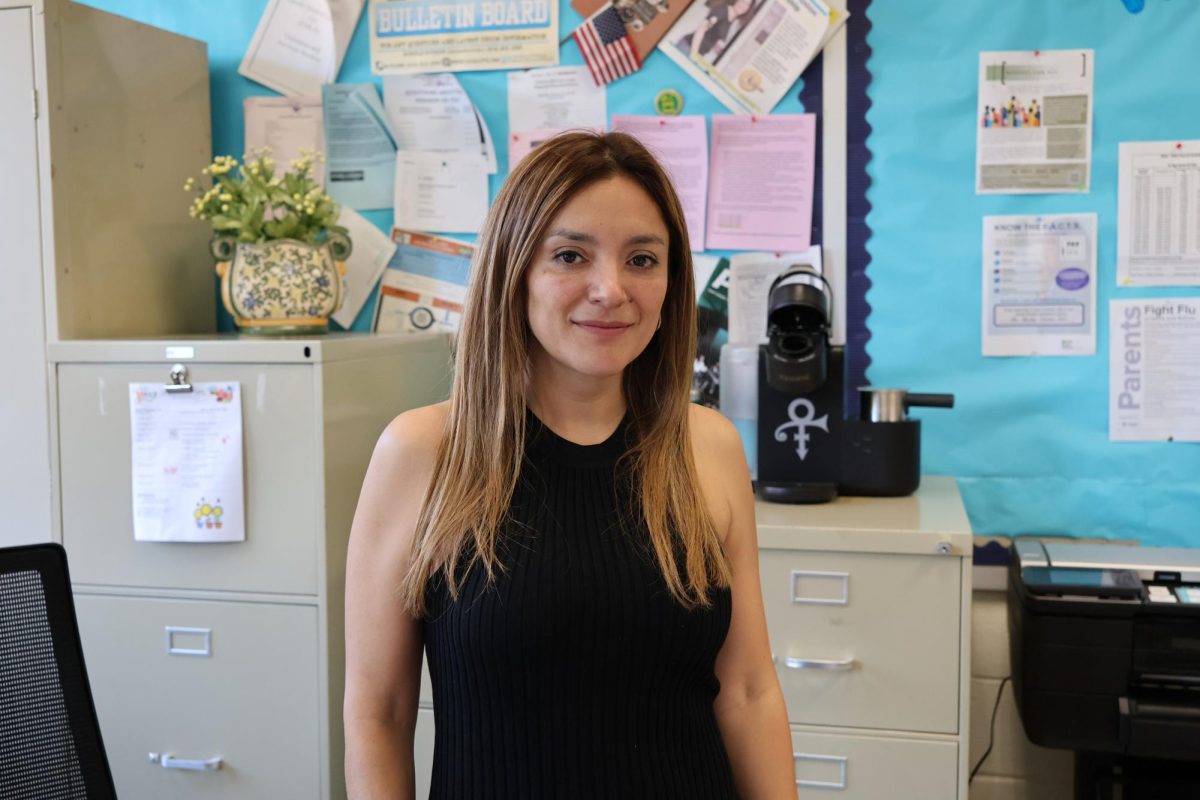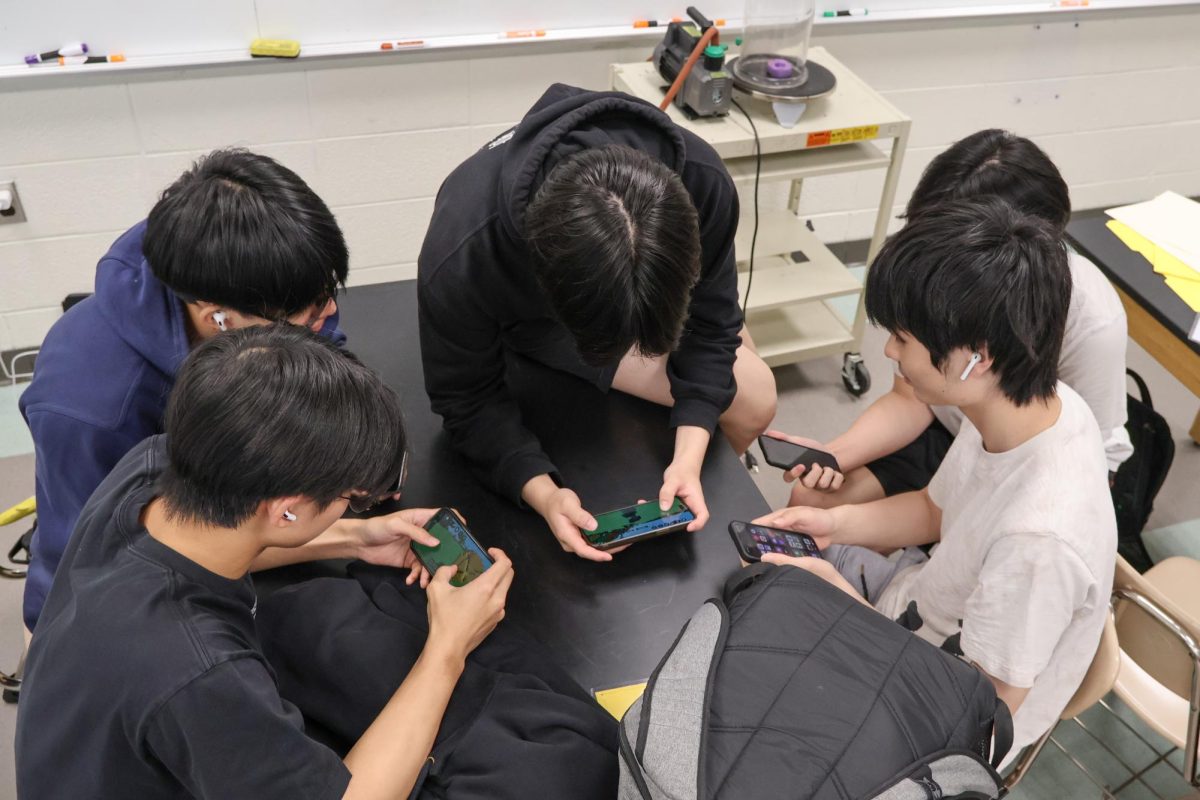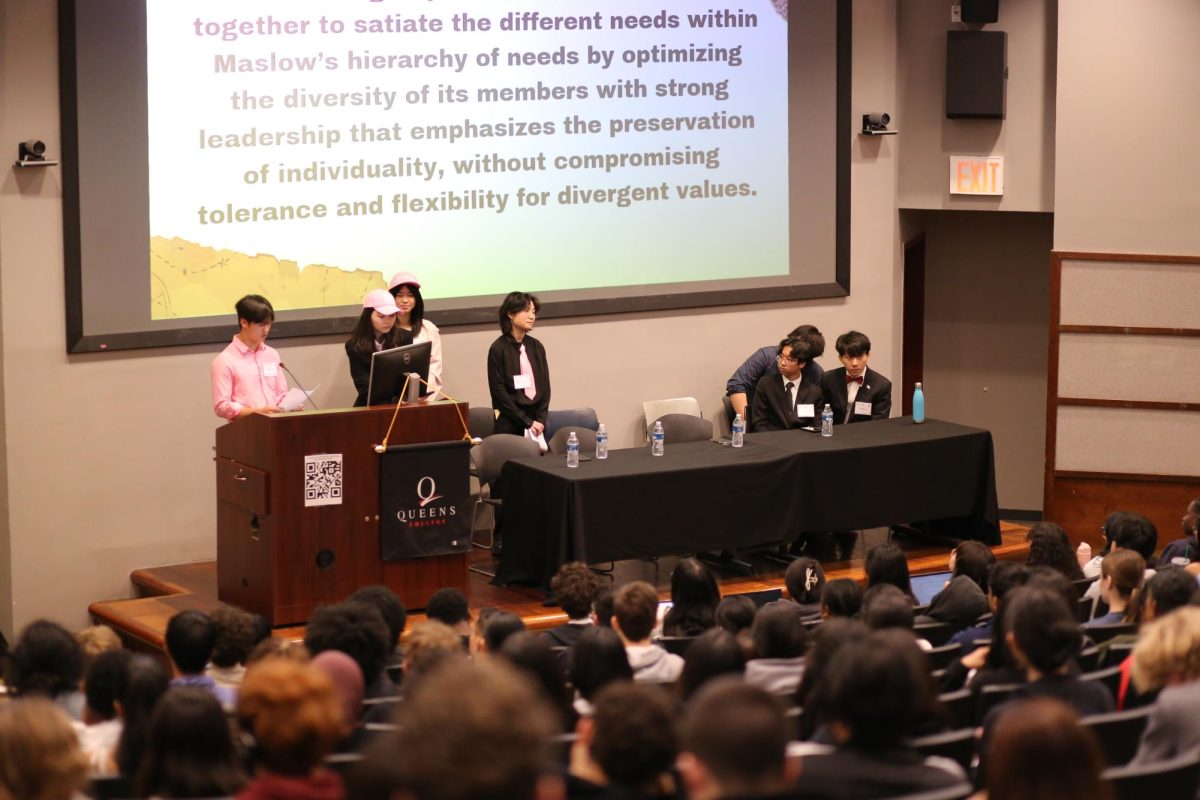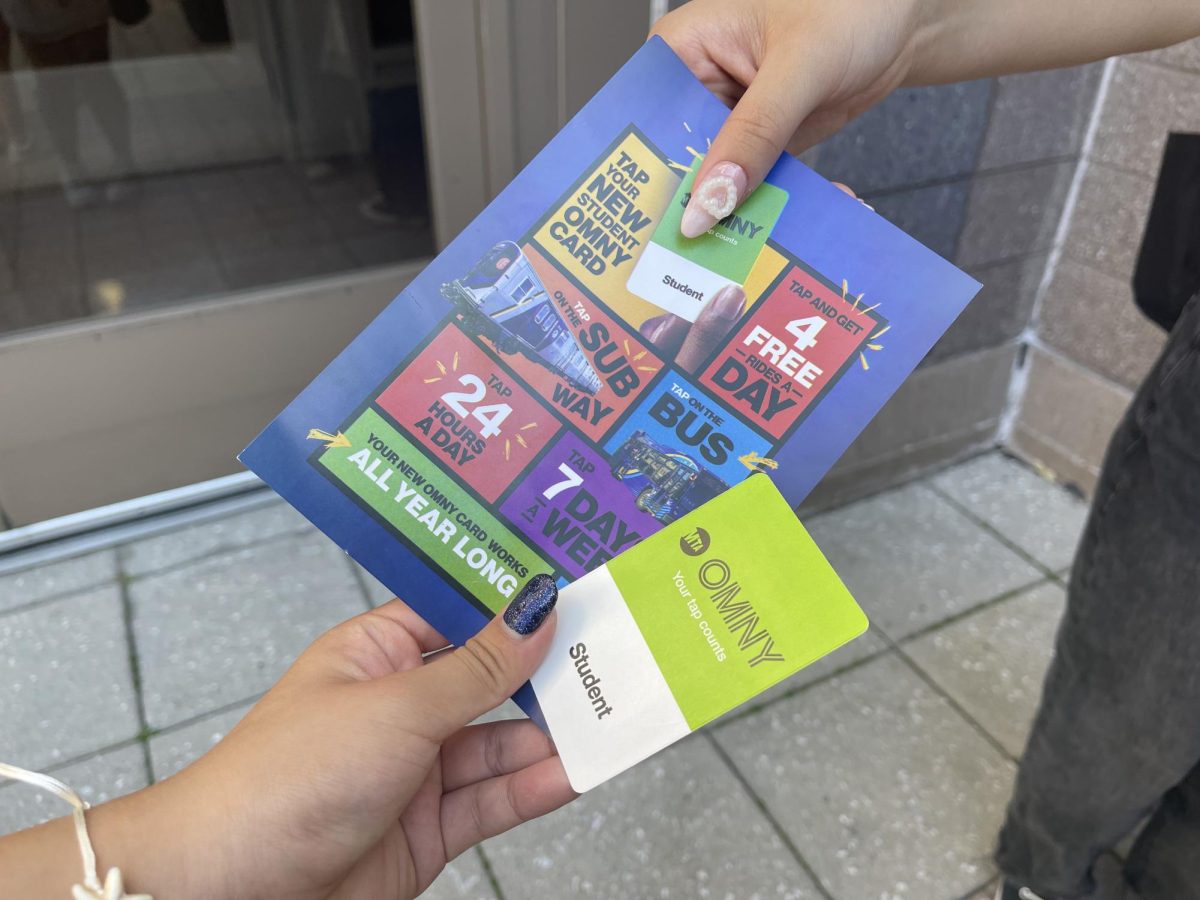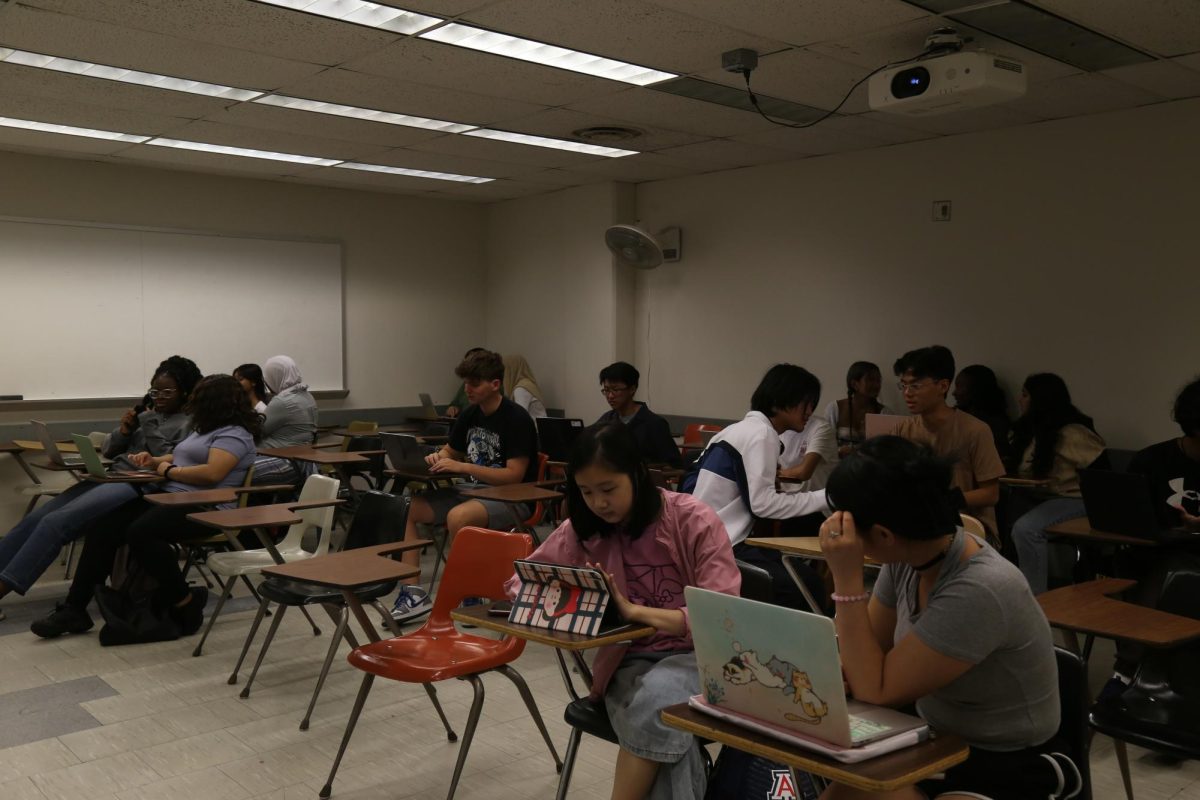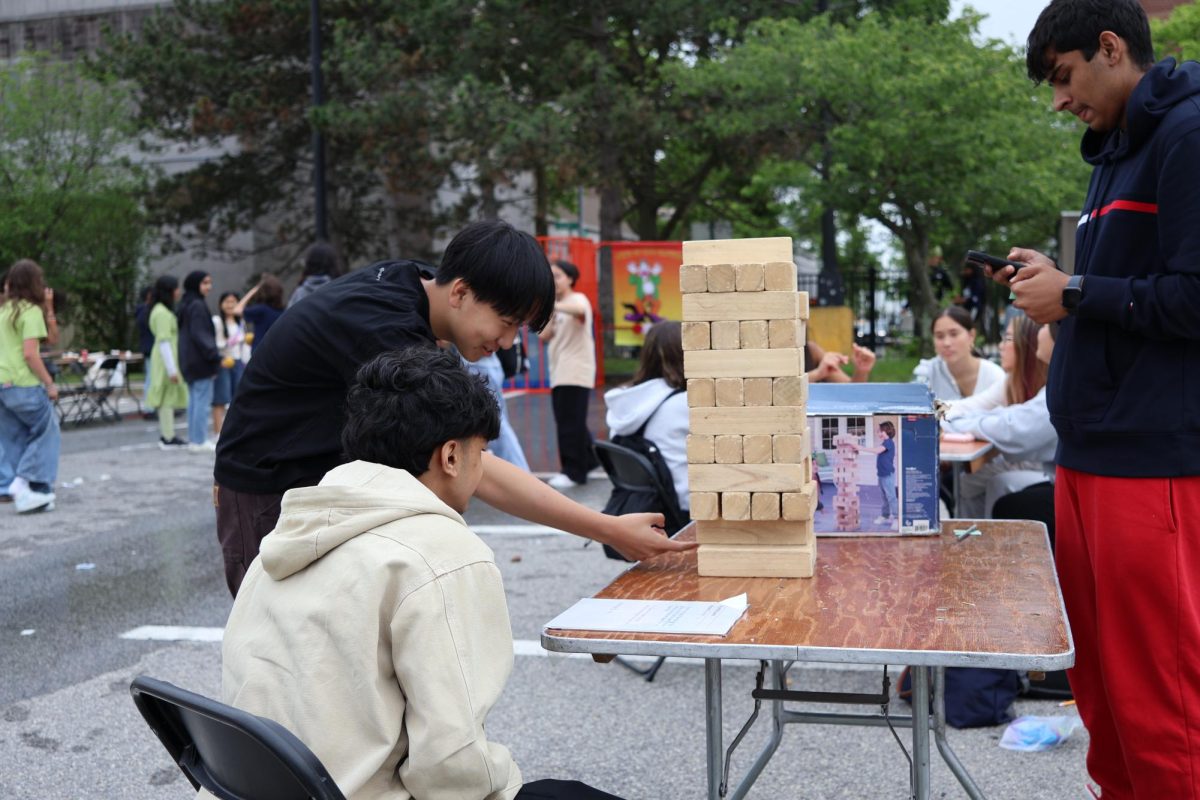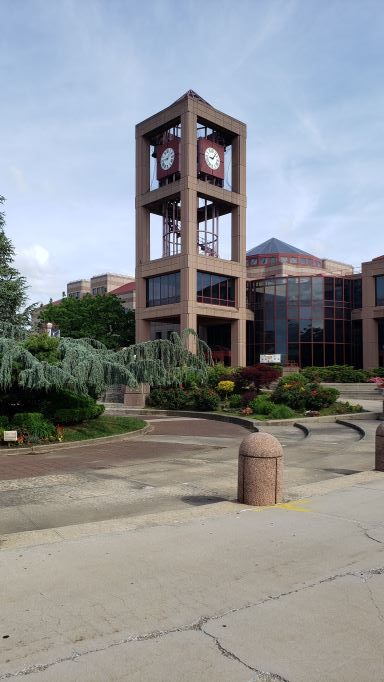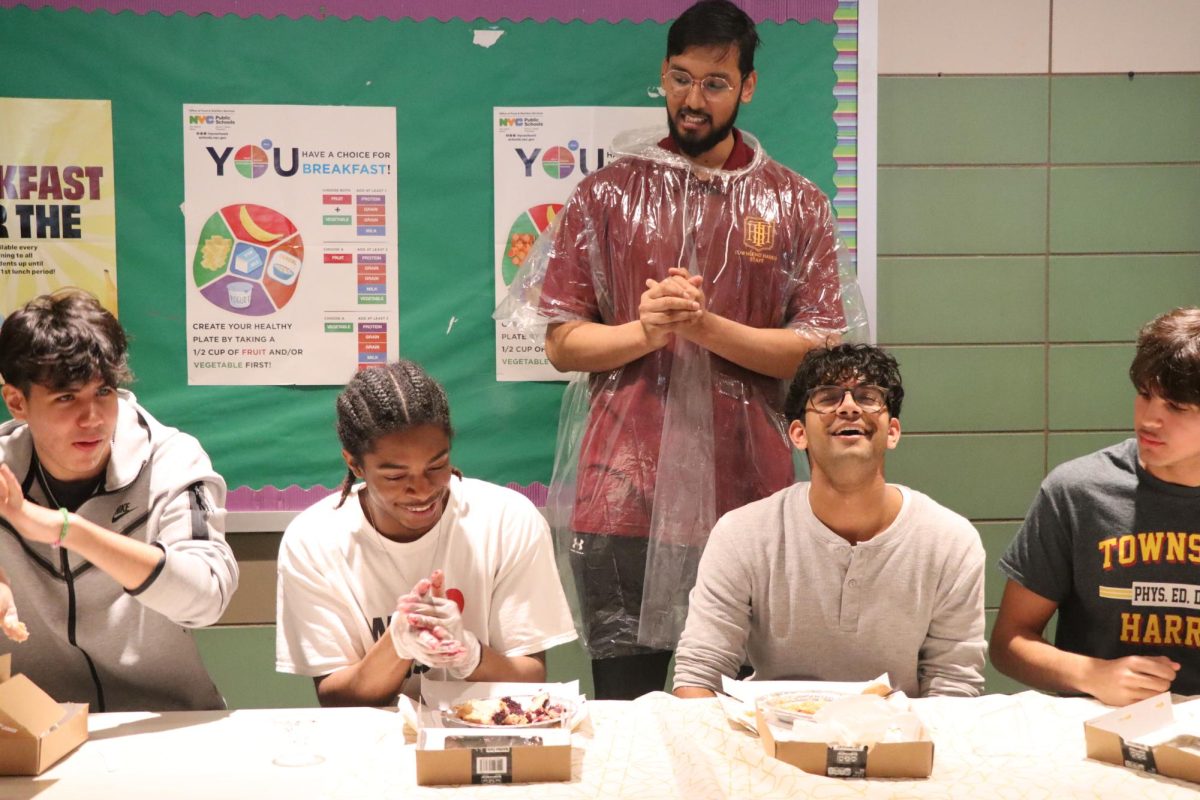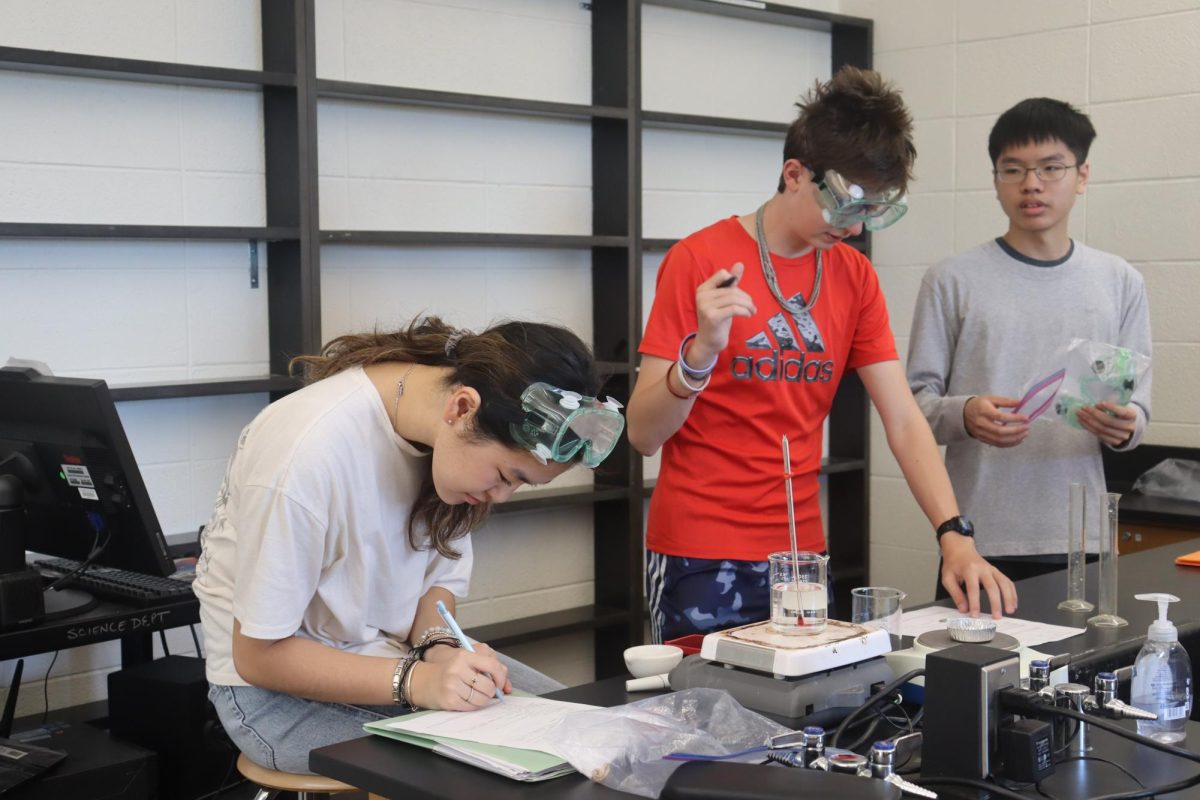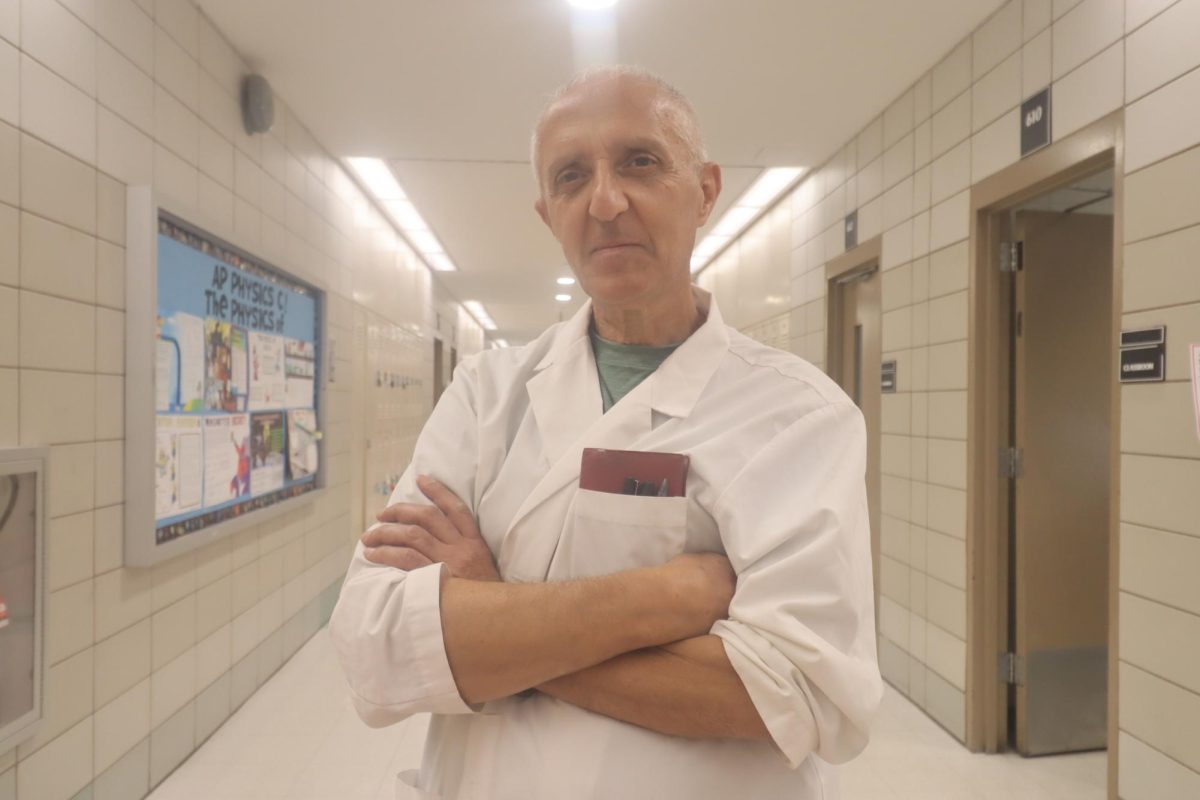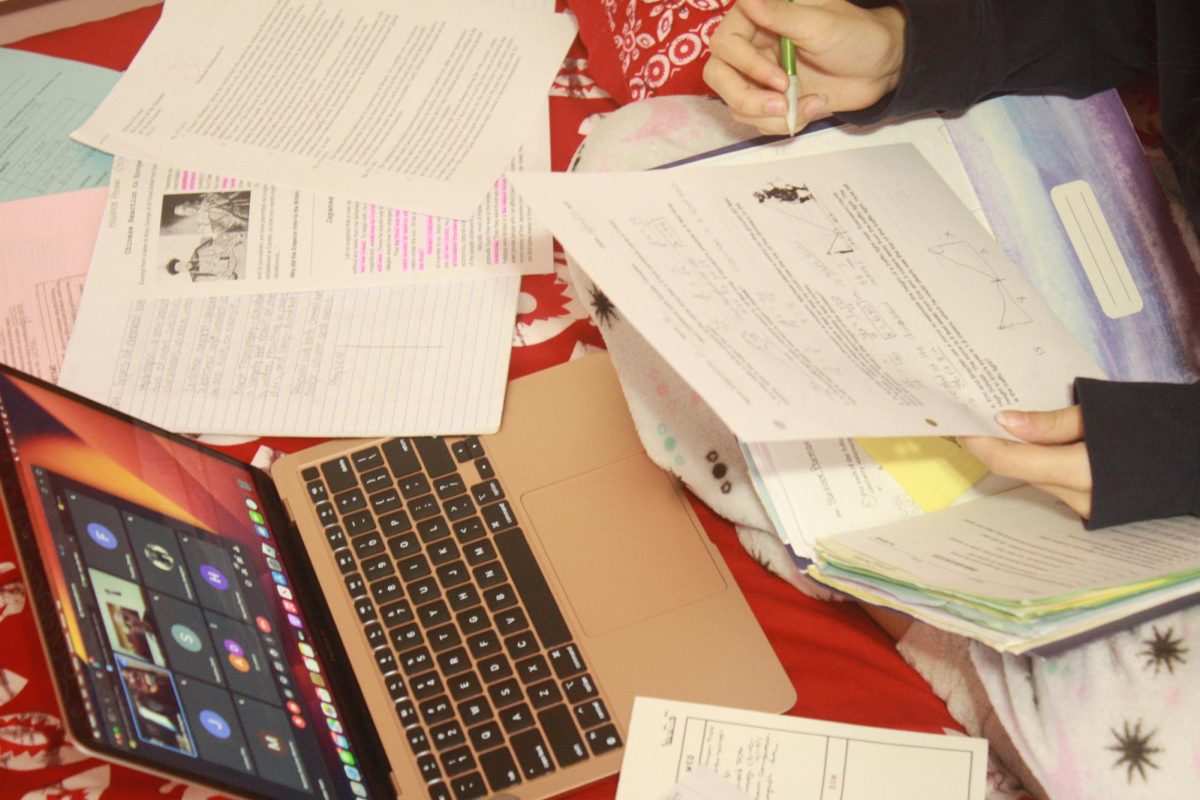
Earlier this year, while my mother was cleaning my room, she stumbled upon a very worn out piece of paper, so she threw it in the garbage. With my OMNY card resting in a landfill, I started my frantic search for affordable transportation. Although, in theory, the transition to OMNY cards sounded amazing with its promise of year long-validity, four rides a day, and all-day-every-day usage, the traditional MetroCard system has proven to be better.
After the unfortunate loss of my OMNY card in November, I requested another one from Townsend Harris. During my wait, the school gave me a letter to show to bus drivers and train operators to attain free rides. However, that letter wasn’t very effective as I was denied rides whenever I showed said letter. Consequently, I had to spend tens, if not hundreds of dollars on transportation out of my pocket, until my replacement finally arrived in early March. This distribution and replacement issue has been reported throughout the city, raising concerns that the delays hurt attendance, especially among recent immigrants, who may fear that jumping a turnstile to reach school could result in deportation. Yet paying out of pocket is unfair to low-income families that are entitled to free transportation for their kids.
I thought my struggles were over when I received my new card, but to my unfortunate surprise, it functioned for only two weeks before the card reader stopped accepting it. After my OMNY card was rejected a couple of times, I found that it got deactivated despite its good condition. Many other students experienced the same issue. To avoid selling OMNY cards to non-NYC DOE students, the MTA monitors student card usage and flags cards if there is frequent activity far from the assigned school. If no swipes occur near the school, the MTA may deactivate the card and notify the Department of Education, which then informs the school. Schools can request to keep the flagged card active, or they must issue a replacement before deactivation to ensure the student has continuous access to transportation.
This deactivation system is flawed due to the fact that the city is limiting the movement of students to school through the very card that was created to give students more freedom in transportation. If students are not allowed to use OMNY cards outside of school activities, then why are they allowed to use them in the summer?
Wrongful deactivation or accidental loss of the card are not the only reasons students may need a replacement (which evidently takes a long time). Unlike the plastic material of the previous MetroCards, OMNY cards are made of paper that is very easily damaged. Ironically, the MetroCards, which were renewed each semester, were made out of a more durable material than the OMNY cards, which are supposed to last with students for the whole year. If OMNY cards are supposed to last this long, then they must be made out of a sturdier material, which would lead to fewer replacement requests and fewer mothers thinking it’s garbage and accidentally throwing it away.
The long replacement times, wrongful deactivation, and fragile material of OMNY cards created unnecessary barriers for students who rely on public transportation to get to school. While the city’s plan to introduce virtual OMNY cards is a step in the right direction, it has not yet adequately addressed these issues. The only time OMNY cards should be deactivated is when a student is requesting a new one. At that time, their old card should be deactivated. Instead of continuing a flawed system, the MTA and Department of Education must review their policies to improve the system for next year.

